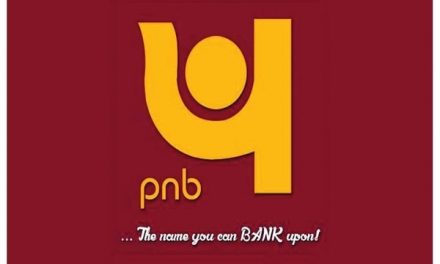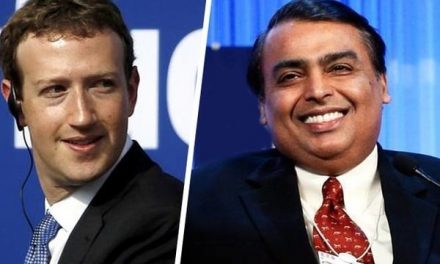Yes Bank Withdrawal limited to Rs.50,000: The Depositor of ”Yes Bank’ will not be able to withdraw an amount exceeds Rs. 50,000 up to 3rd April 2020. The restriction has come into effect from the 5th of March 2020 at 6 pm as per the government Instructions.
The RBI in consultation with central government has superseded the Board of Directors of Yes Bank Ltd for a period of 30 days. Also, Prashant Kumar, ex-DMD and CFO of State Bank of India has been appointed as the administrator.
The government on 5th March 2020, (Yesterday ) restricted withdrawal from capital-starved Yes Bank at ₹50,000 in the next one month. This restriction, which came into effect from 6 pm today, will remain in place on April 3, 2020.
Yes Bank cannot make in aggregate, payment to a depositor of a sum exceeding Rs. 50,000 lying to his credit, in any savings, current or any other deposit account till April 3rd, as per the government notification. The RBI, however, said it may allow payment of over ₹50,000 to Yes Bank depositors an amount in excess of Rs. 50,000 like expenses for medical treatment, marriage and education.
The RBI today assured depositors of Yes Bank that their interest will be fully protected and there is no need to panic. In terms of the provisions of the Banking Regulation Act, the Reserve Bank will explore and draw up a scheme in the next few days for the bank’s reconstruction or amalgamation.
The RBI in consultation with central government has superseded the Board of Directors of Yes Bank Ltd for a period of 30 days, citing “serious deterioration in the financial position of the Bank.”
This has been done to quickly restore depositors’ confidence in the bank, including by putting in place a scheme for reconstruction or amalgamation, the RBI said.
Yes Bank the finance ministry and RBI have a proposal with it that entails a capital infusion of Rs12,000-14,000 crore in the Yes Bank, primarily by a consortium led by the country’s largest lender State Bank of India.
“The bank has also experienced serious governance issues and practices in the recent years which have led to steady decline of the bank,” RBI said
The RBI said it has been been in constant engagement with the bank’s management to find ways to strengthen its balance sheet and liquidity.
The bank management, the RBI said, had indicated to it that it was in talks with various investors and they were likely to be successful. The bank was also engaged with a few private equity firms for exploring opportunities to infuse capital as per the filing in stock exchange dated February 12, 2020.
The RBI said it gave adequate opportunity to the bank’s management to draw up a credible revival plan, which did not materialize. In the meantime, the bank was facing a regular outflow of liquidity.
After taking into considering these developments, the Reserve Bank came to the conclusion that in the absence of a credible revival plan, and in public interest and the interest of the bank’s depositors, it had no alternative but to apply to the Central Government for imposing a moratorium under section 45 of the Banking Regulation Act, 1949. Accordingly, the Central Government has imposed moratorium effective from today.











